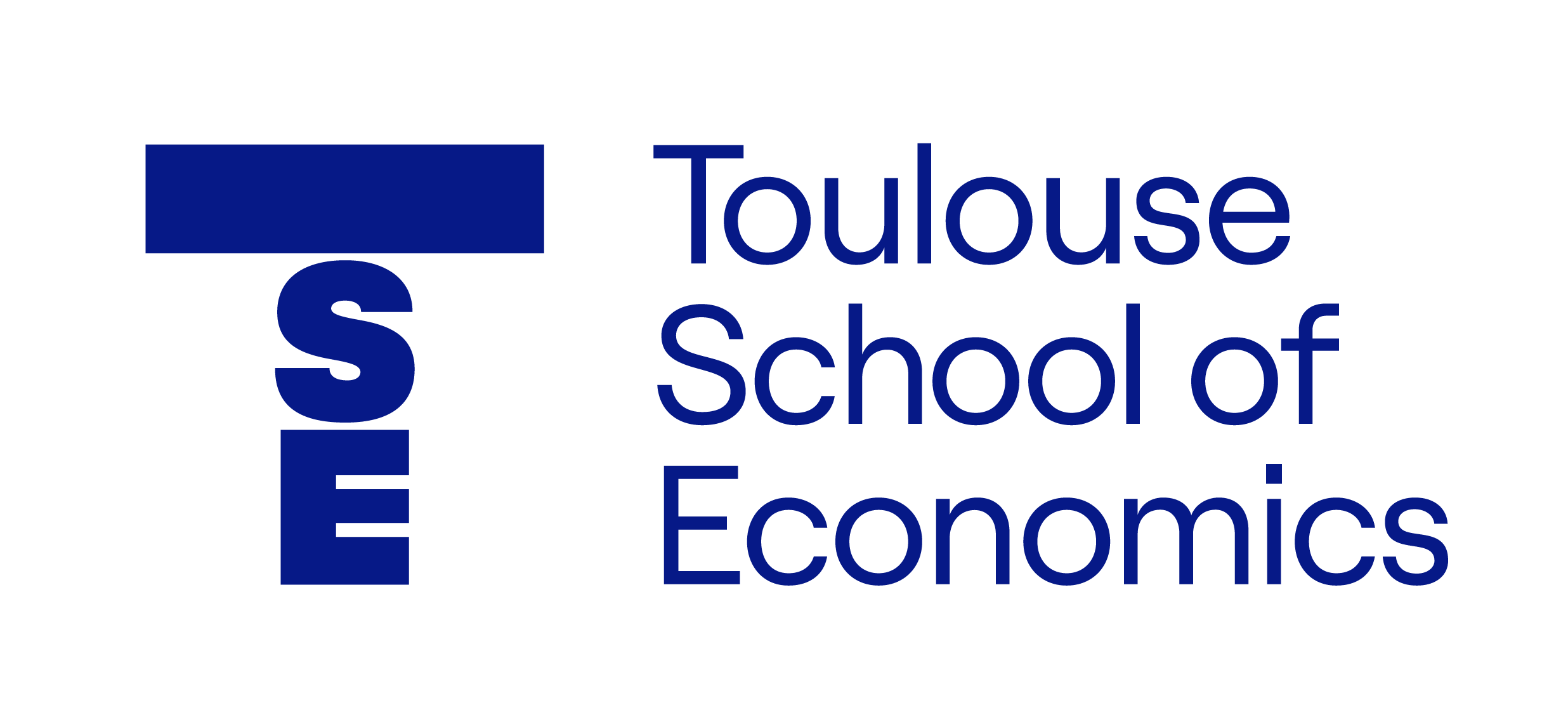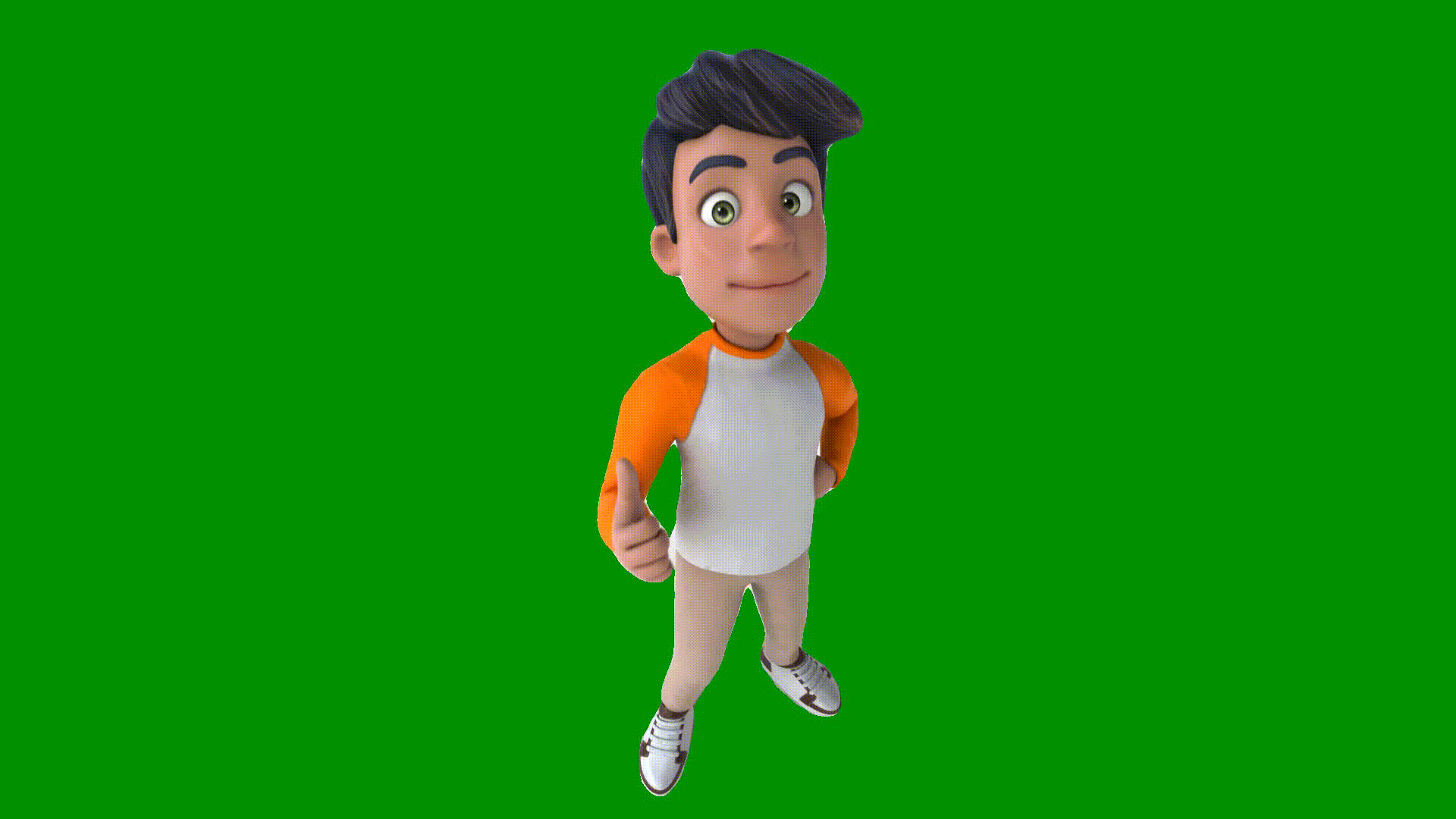Hi, I'm Killian!
A machine learning PhD student who loves Computer Vision :)
Learn about my journey in Mathematics, Computer Vision and Deep Learning
About meA machine learning PhD student who loves Computer Vision :)
Learn about my journey in Mathematics, Computer Vision and Deep Learning
About me
I'm currently pursuing an industrial PhD in Machine Learning at Institut Polytechnique de Paris and Moments Lab, focusing on efficient omni-modal learning for generalized video understanding.
I am passionate about computer vision and deep learning, driven by the conviction that visual perception is fundamental to intelligence, both human and artificial.
I strongly support open-source practices, transparency, and reproducibility in research. Sharing my work openly to allow others to build upon it is central to my approach to science.










We show (theoretically and empirically) that SPCA-based classifiers are more robust to adversarial attacks than PCA-based detectors.


I performed several experiments to evaluate the performance of the SCONES method on low-dimensional distributions.


I extended the TTT-MAE method with an online version that shows better performance than the original method.


We compared the robustness of generative classifiers to adversarial attacks with discriminative classifiers, and verified the hypothesis on a real-world setting.


I worked on a project to characterize toxic gases using a deep learning model and adversarial unsupervised domain adaptation to improve the model's generalization.


We empirically verified the convergence of SGD for training generative neural networks on 2D distributions and Fashion-MNIST using the Sliced Wasserstein loss.


We verified 3DETR's performance on the SUN RGB-D dataset. We trained a RGB variant of 3DETR and compared it to the original model.




A MacOS menu bar app that uses computer vision to detect nail biting behavior in real-time using your webcam, helping users become aware of and reduce this habit.



AVT is a tool that lets you subtitle audio/video content in minutes, powered by OpenAI Whisper.




A video background removal tool using Mobile SAM (Segment-Anything Model) to automatically segment and remove the background from videos.



Implementation of Google Owl-ViT's model for zero-shot object detection in videos using natural language prompts.


I integrated edge detection methods into joliGEN (from ControlNET). I also added Segment-Anything Model from Meta for precise masking.



MathViz is a Streamlit app that allows you to visualize concepts from Mathematics, Statistics, Machine Learning or Algorithms.

